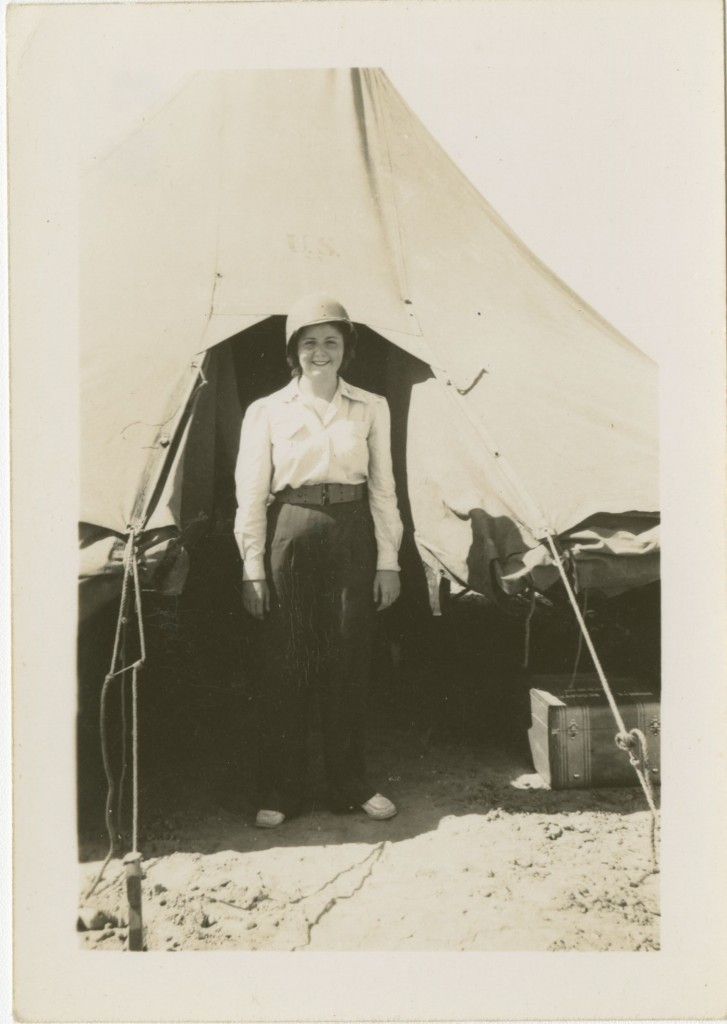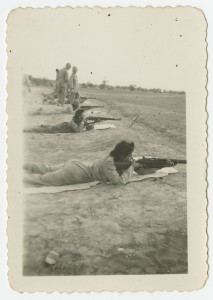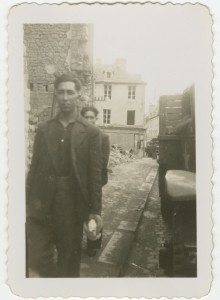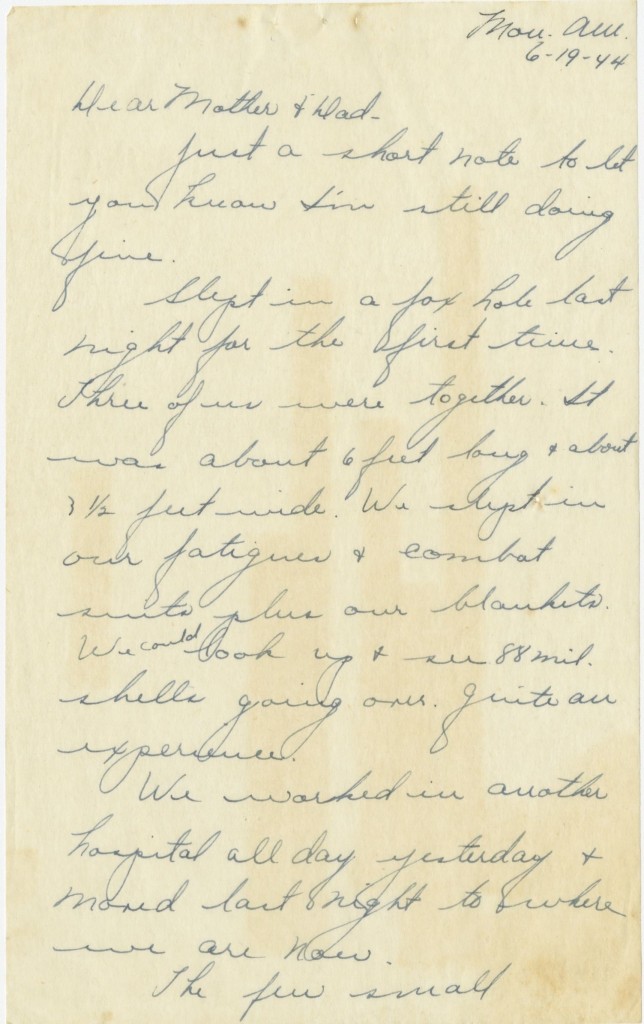"Quite an Experience": The Papers of WWII Nurse Mary Frances Switzer
 Like few other historical events, the Second World War exerts a deep fascination in our collective memory, as shown by the extent to which WW II stories abound in popular culture. Now fully processed, the papers of war nurse Mary Frances Switzer at the Special Collections Research Center offer an absorbing – though less commonly heard – point of view of war experiences on the ground. Last March, the National Women’s History Project selected “Weaving the Stories of Women’s Lives” as its theme to enhance the integration of “women’s stories – individually and collectively – into the essential fabric of our nation’s history.” Archives play a key role in ensuring the preservation of women’s voices and the recognition of their role in shaping our past.
Like few other historical events, the Second World War exerts a deep fascination in our collective memory, as shown by the extent to which WW II stories abound in popular culture. Now fully processed, the papers of war nurse Mary Frances Switzer at the Special Collections Research Center offer an absorbing – though less commonly heard – point of view of war experiences on the ground. Last March, the National Women’s History Project selected “Weaving the Stories of Women’s Lives” as its theme to enhance the integration of “women’s stories – individually and collectively – into the essential fabric of our nation’s history.” Archives play a key role in ensuring the preservation of women’s voices and the recognition of their role in shaping our past.

Providing fascinating visual and written materials for studying the realities of war, the Mary Frances Switzer Papers highlight the presence of women on the front. A native of Jacksonville, Florida, Mary appears to have broken her engagement to her beau Allen Galer in 1940 partly because he had hoped she would join him in Michigan where he worked. She, however, was set on moving to New Orleans to start a degree in nursing, a vocation to which she was dedicated heart and soul. During WW II, Mary trained as an army nurse in the United States and in England, before crossing the Channel and joining troops in France, Belgium, and Germany.

Mary's papers comprise more than 800 photographs – often poignant, sometimes light-hearted – documenting Mary’s wartime experiences. Army camps, planes and tanks, cities destroyed by bombings, nurses learning how to use weapons, soldiers playing baseball, and friends posing together are among the diverse scenes that figure in her collection.

Patrons interested in researching the experiences of World War II nurses may also wish to look at a smaller but nonetheless revealing collection: the Lina Nancy Potter Papers, 1942-1945. Born in Narragansett, Rhode Island, Lina served as a nurse in India during the war. For a better idea of the depth of materials preserved at the Special Collections Research Center relating to the Second World War, please consult the World War II Resources guide. The SCRC also maintains a valuable research guide on women’s history.
Ève Bourbeau-Allard is a graduate student in the Department of History and a 2014-2015 Archives Apprentice in the Special Collections Research Center, Swem Library.

